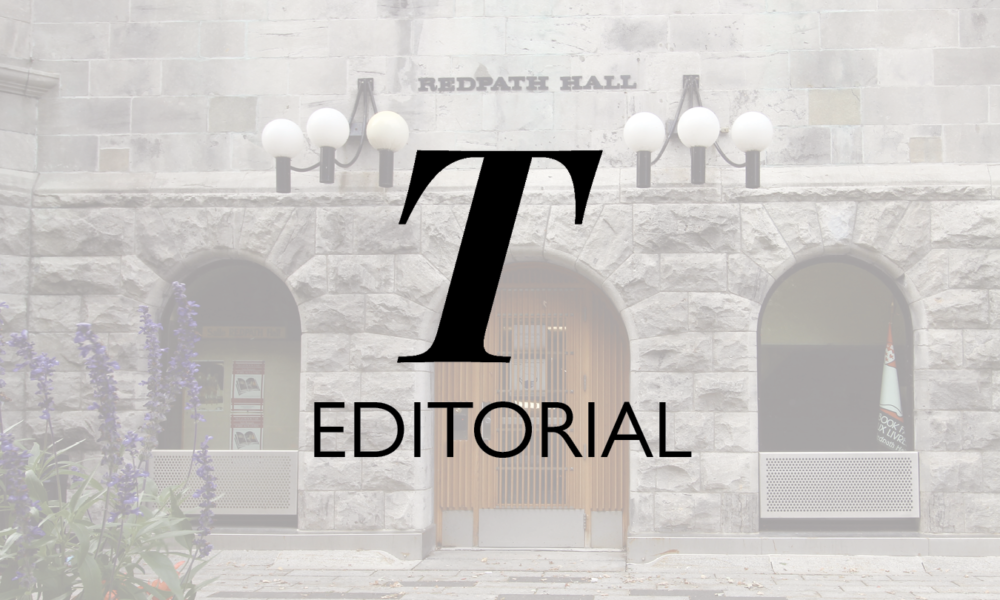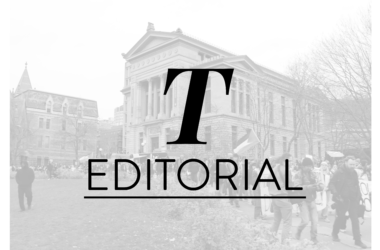Iran is experiencing its second week of protests following the murder of Jina (Mahsa) Amini, a 22-year-old Kurdish woman tortured and killed in Tehran by ‘morality’ police forces for improperly wearing a hijab. Since Jina’s death, dozens of protesters have been killed, thousands more have been arrested, and the government has enforced a nationwide internet blackout. While solidarity with Iranians against the regime is crucial, Western onlookers must be critical of the lens through which they view the protests in Iran. Popular narratives in Western media ignore the significance of Jina’s Kurdish identity, propagate islamophobic rhetoric used to justify forced secularism in places like Quebec, and fail to address the harms of U.S. and Canadian sanctions on Iranians.
The one-dimensional narrative of women’s oppression in Iran obscures its intersectionality with Kurdish oppression. Jina Amini was a Kurdish woman who, like many Kurds in Iran, was forced to revoke her name and instead go by an Iranian name. Referring to Jina as Mahsa erases Jina’s Kurdish identity from her legacy and perpetuates structural racism in Iran. The Kurdish phrase that has become the slogan of the movement—‘Jin Jîyan Azadî’ (‘Women, Life, Freedom’)—originates from the efforts of Kurdish women in the Kurdish freedom movement. The protests in Iran may be focused on women’s emancipation, but when discussing Amini’s legacy, we must be mindful of the significance of Kurdish liberation and Rojhelat’s (Iranian Kurdistan) struggle for self-determination. The inability to locate Jina’s story in a broader, multi-faceted liberatory framework is a symptom of Western feminism.
Islamophobic rhetoric in the West has created an oversimplified narrative where hijabs equal oppression. The issue is one of women’s choice, not the hijab itself. The popular circulation of videos and photos of women burning their hijabs suggests that the religious garment is the focal point of the women’s liberation movement in Iran, and that all Iranian women are necessarily in favour of secular feminism. This sentiment is also exemplified by the reactionary and misleading ‘before and after photos’ of the Iranian Revolution. The nature of a woman’s clothing is not indicative of her freedom—this notion denies Iranian women their voices in framing their own emancipation against patriarchal violence.
Further, such representations are dangerously used to justify secularism in Quebec and France, prompting support for laïcité and the enforcement of discriminatory policies such as Bill 21. But one common thread uniting Iran, Quebec, and France is the repressive infringement on women’s bodily autonomy. Reducing the situation to religious emancipation falls into an Orientalist and severely misrepresentative perception of Iran, Islam, and SWANA countries more broadly.
Western onlookers must oppose U.S. sanctions and confront how Western governments and media benefit from painting Iran as an evil and repressive regime. North American governments are not interested in a democratic and prosperous Iran. Since 1953, their interests have lain in the oil industry and a subservient government. U.S. and Canadian sanctions against Iran have had devastating effects on Iranians. The country is facing extreme economic inflation, limiting access to health care and critical medical equipment, and restricting agricultural and humanitarian imports. Further, sanctions on Iran actually reinforce domestic power structures and cement the influence of authoritarian leadership. Ultimately, the most vulnerable Iranians—women, ethnic minorities, and the working class—are hit the hardest. Sanctions are unjust, ineffective, and anti-feminist, and are far from an appropriate Western response to the protests in Iran.
Western powers tend to project themselves as champions of human rights. Yet across Iran, Quebec, France, and the U.S., women’s rights are under attack. Framing women’s liberation movements in the East within the lens of Western feminism dangerously misrepresents the problem and fails to account for intersectional struggles. This framework propagates harmful rhetoric and leads to discriminatory legislation. We must situate our ideologies in a global economic and political context, and be wary of the interests of Western powers in their approaches toward Iran. Jina deserves more than to be carelessly inserted into one-dimensional and self-serving narratives of institutional failure.
A previous version of this article stated that all Kurds in Iran are forced to change their names and go by Iranian ones. In fact, it is not in every province that Kurds must change their names. The Tribune regrets this error.






First of all thank you for saying that Mahsa was tortured and killed by the morality police. All western mainstream media outlets seem to cling to stating that she “died while in custody”.
Yes, it is misleading to think that Iranian women want “secular feminism”. I don’t think that women who are risking their lives as we speak are explicitly thinking they want feminism in the western sense. Rather they want freedom to choose, to express their wrath and to topple down this rotten regime.
However, I do have a reserve on a few things.
1)You state that the “before-after” photos are misleading. They are not. Ask any Iranian woman from any generation and most answers will converge to the fact that a woman was considered more like a human prior to the islamic revolution, in a nutshell.
So no, women’s clothing can be in many instances indicative of their freedom because clothing is often a symbol of one’s condition.
2)That said, you seem to side track the fact that mandatory hijab (and I emphasize “mandatory”) is only what we see. It is tip of the iceberg (the latter being the overall condition of women in Iran ever since the islamic regime’s takeover in ‘79.
If pro-western conservatives would say that Iranian women want western feminism and lifestyle, their leftist counter-parts would say that Iranian women burning hijab is Islamophobic. Both narratives are fundementally wrong. It has to be pointed out.
Iranian women are burning the visible and tangible symbol of the repression they have been enduring under the theo-fascist regime they have been living under.
3) I agree that we must undertand every social phenomenon in its own and unique context. I also agree that we must not project western ideals and scopes onto other culture’s and countries issues and struggles.
But I do not think there is anything wrong with painting the islamic regime (not Iran) but the regime, as evil and repressive. Western powers have their own fair share of evil deeds for sure, but two wrongs don’t make a right. The islamic regime is repressive to its core, that is not debattable.
4) I am not sufficiently informed about Iran’s economy on one hand nor on the extent of western sanctions on the Iranian economy on the other hand. I am also aware that western powers contributed to the creation of the mullah’s regime and to its maintenance…but there is a flip side to that coin: suggesting that the country’s economic plight is due to western sanctions and that said sanctions reinforce the repressive nature of the regime’s agenda is misleading, reductionist and oversimplified. Sanctions or no sanctions, the mullah’s regime doesn’t either way want Iranians to interact with the rest of the world which is, amomg others, a typical approach of an authoritarian regime to cement its power structure as you said.
Regards
Hi. I’m Iranian and this is the first time I hear anyone has any problem with chanting Mahsa, and not Jina. The core issue, which you also failed to highlight, is people’s wish for a regime change. You’ve kinda reduced it to reclaiming Kurdish community’s right and your interpretation of the feminist nature of the movement is too negative and sort of damaging. Please do not add to issues we have to explain to western people; reclaiming the Kurdish community’s dignity and rights is not a core request of these requests, but for sure is important and will be granted by regime change, as demonstrated through chants.
This means you don’t really care who Jina Mahsa Amini is, you just want to deal with the problem that touches you at the end.
It is funny that you think no one has any problem with not chanting her real name `Jina`. There are over 50+ million Kurds around the globe who have been chanting Jin Jiyan Azadi even before Jina was murdered.
If even you think you need to just focus on the main problem (your perspective) at least you should have the guts to respect her REAL NAME, which is JINA, the name that her mom was screaming while crying over her grave, the name that is put on her grave. At least Just RESPECT.!
Just wanted to emphasize on the point that this text is merely the author’s OPINION on the subjects of Iranian protests and the effect of sanctions on Iran, and simply lacks any factual basis.